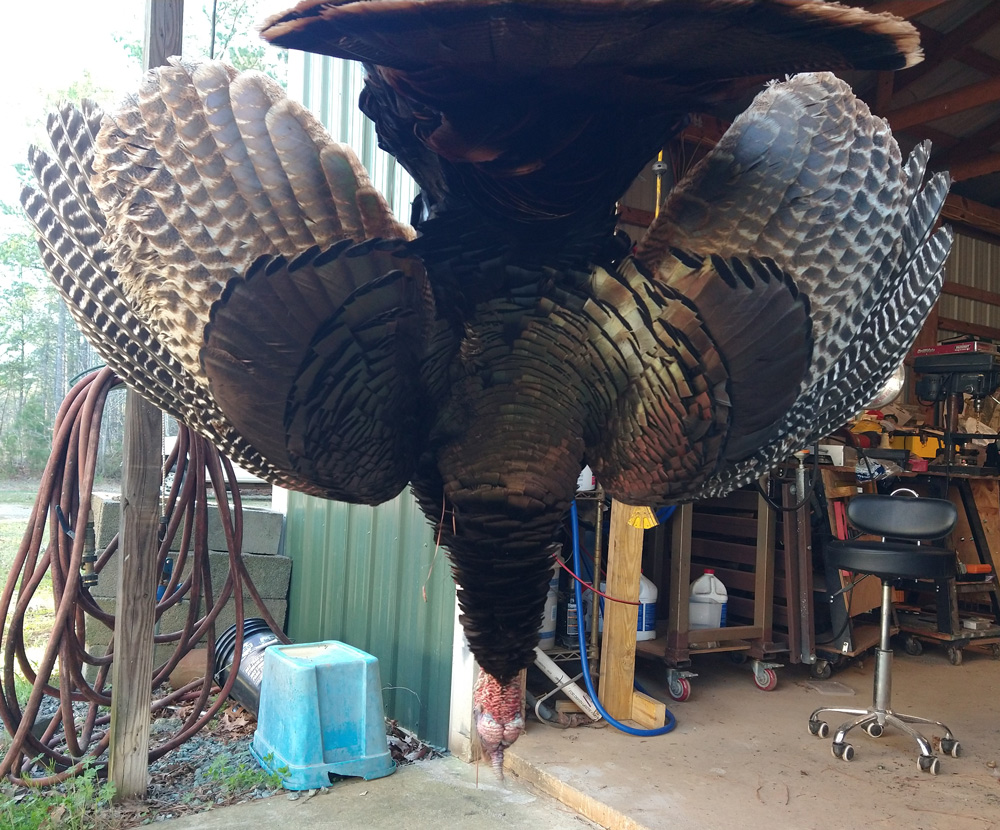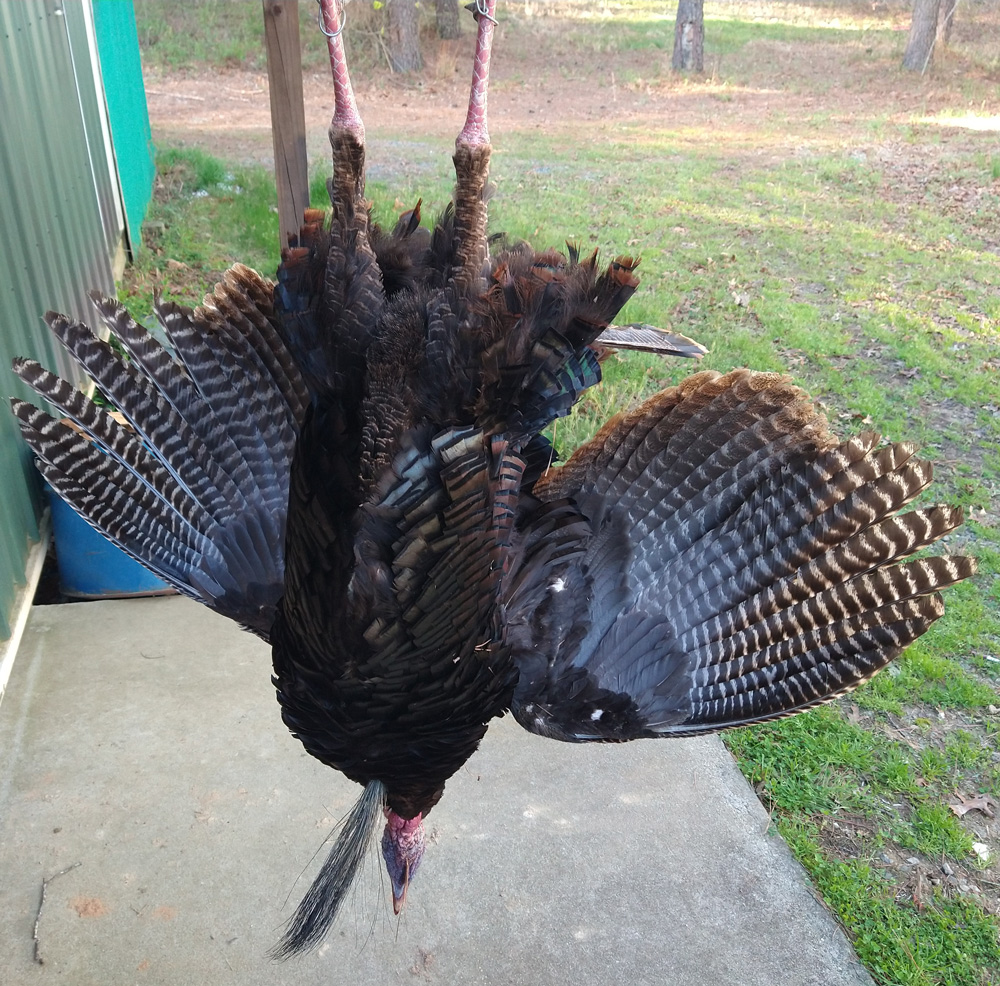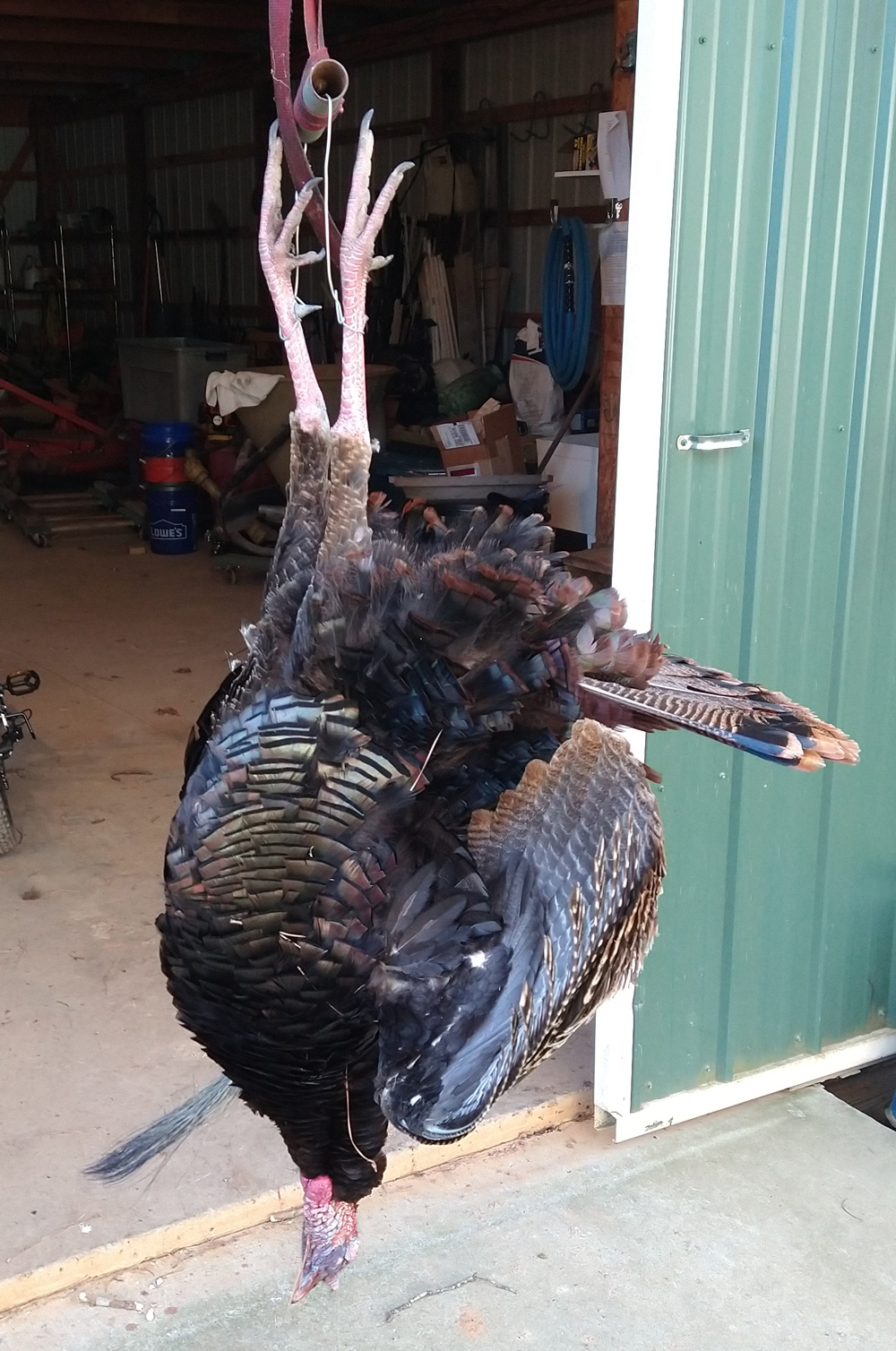yoderjac
Well-Known Member
It has begun. We did a 1st thinning on about 1/2 of our pines in 2013. We also clear-cut about 20 acres of low quality hardwoods and have kept them in early succession with prescribed fire. We signed a contract in early 2021 to sell more timber. This time we will be doing the 1st thinning on the other half of our pines. Weill will also be clear-cutting some small sections of pines. We will be keeping a 5 acre clear-cut in early succession for bedding It will be burned periodically like the others. We plan to clear-cut and replant another 20 acres in pines. This will be temporary early succession areas. Once these newly planted pines are are large enough for paper, will clear-cut them again and repeat the process. Finally, we are doing a heavy 2nd thinning of the pines we thinned in 2013. We are in a USDA program that will pay us to thin to a near-savannah like level. They are compensating us for the income loss had we thinned to normal rates. We are in another USDA program to put in fire breaks and use prescribed fire.
Last time we did a timber management project, it really improved our BCC, but it made deer much harder to hunt. First, the sudden disturbance changed how deer related to the land, so we had to re-learn new patterns. More importantly, it created large areas of quality native foods in cover. This means deer are not forced to food plots from well defined bedding areas. Instead they can wait until after dark to hit food plots once they feel hunting pressure and they still have all the quality food they need. While all this is great for QDM purposes, it does make hunting harder.
The operation is amazing. They really have it down to a sciences. Cutters grab and cut a bundle of pines and then lay them in a pile for the skidder. These big 6 wheeled skidders pick up multiple bundles and take them back to a "quick loading" area. The loader runs them through a de-limber by the bundle and then puts them in a chainsaw contraptions that cuts the entire bundle to length before the loader put them in the logging truck. They have some kind of scheduling thing going on so that logging trucks arrive "just in time" so they don't sit idle long. This crew has been great to work with so far. They seem to be accommodating our wildlife management approach. I've even been able to say "Take a row along this road to daylight planted chestnuts", and things like that.
Our forester negotiated the deal for us. He and I have been out flagging the last couple days. He know enough about the needs of the loggers and I know enough about our management plan that together, we can select candidate logging deck sites where they do the most good. This keeps the loggers out of our existing food plots and they agreed to use a subset of the decks we selected. If they keep dong this quick-loading approach, decks are very tiny.
Time will tell how this all works out, but it is good to see it happening. The upside is that we excluded Oct-Dec for timbering for deer season, but our spring gobbler season starts Saturday. It won't chase the turkey away, but trying to hear birds and call them in may be problematic with the equipment running constantly.
Last time we did a timber management project, it really improved our BCC, but it made deer much harder to hunt. First, the sudden disturbance changed how deer related to the land, so we had to re-learn new patterns. More importantly, it created large areas of quality native foods in cover. This means deer are not forced to food plots from well defined bedding areas. Instead they can wait until after dark to hit food plots once they feel hunting pressure and they still have all the quality food they need. While all this is great for QDM purposes, it does make hunting harder.
The operation is amazing. They really have it down to a sciences. Cutters grab and cut a bundle of pines and then lay them in a pile for the skidder. These big 6 wheeled skidders pick up multiple bundles and take them back to a "quick loading" area. The loader runs them through a de-limber by the bundle and then puts them in a chainsaw contraptions that cuts the entire bundle to length before the loader put them in the logging truck. They have some kind of scheduling thing going on so that logging trucks arrive "just in time" so they don't sit idle long. This crew has been great to work with so far. They seem to be accommodating our wildlife management approach. I've even been able to say "Take a row along this road to daylight planted chestnuts", and things like that.
Our forester negotiated the deal for us. He and I have been out flagging the last couple days. He know enough about the needs of the loggers and I know enough about our management plan that together, we can select candidate logging deck sites where they do the most good. This keeps the loggers out of our existing food plots and they agreed to use a subset of the decks we selected. If they keep dong this quick-loading approach, decks are very tiny.
Time will tell how this all works out, but it is good to see it happening. The upside is that we excluded Oct-Dec for timbering for deer season, but our spring gobbler season starts Saturday. It won't chase the turkey away, but trying to hear birds and call them in may be problematic with the equipment running constantly.



